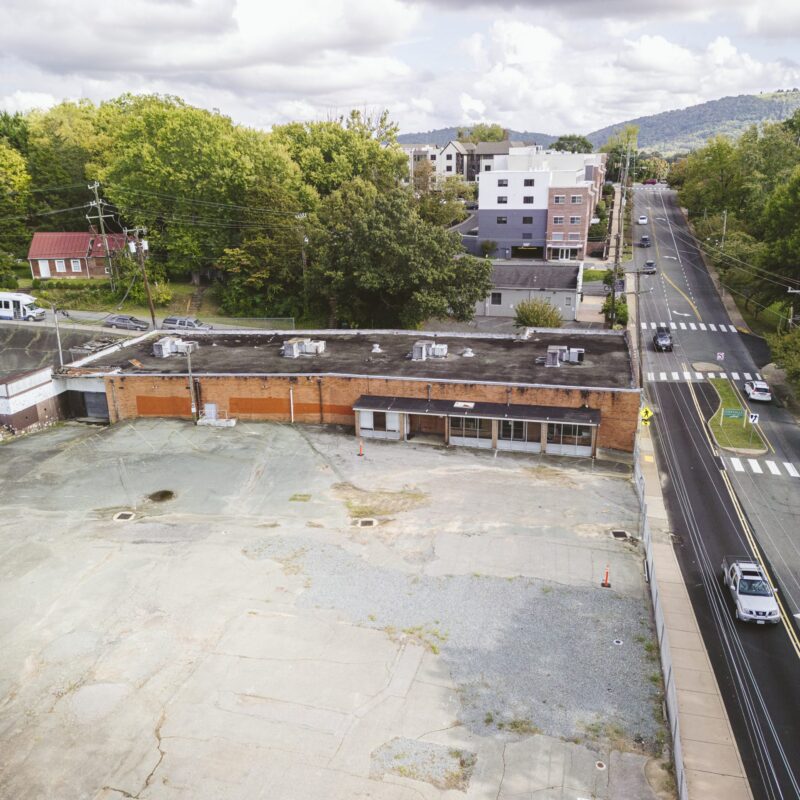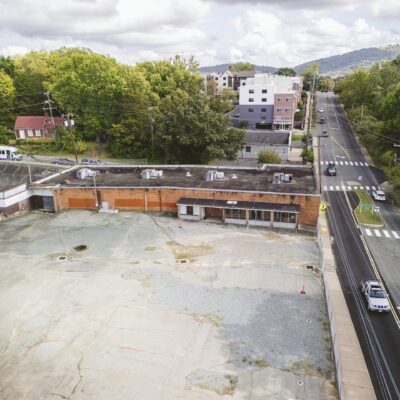The other day, I wrote a post about my successful day of shopping, "without setting foot in the mall or indeed going anywhere near 29N." I’d done my purchasing downtown instead, and I wrote about all the locally-made stuff I’d found as Christmas presents.
A reader commented as follows:
"I’d respectfully suggest that we lighten the anti-29N rhetoric. After all, it is a substantial part of our city and county footprint. Erika, plenty of gardening and ‘diy-ing’ is done by the people who live, work, and shop up and down our community’s northern corridor."
I found this very interesting for several reasons. One, it is undeniably true that the eco-minded may as easily be found dwelling in Hessian Hills or working in Seminole Square as anywhere else. Two, it’s also a fact that if the big commercial zone on 29N were suddenly subtracted from the community, we’d have a hard time recognizing the place we call home.
Three, it made me think about what I’d meant when I used "29N" in the way I did–basically, as shorthand for a certain type of commercial development that’s car-centric, sprawling, and anchored by large corporate retailers rather than local businesses.
It is certainly possible to support small local shops and minimize driving if, for example, you go to Barracks Road, park your car, and walk from store to store (eschewing places like Banana Republic or Michael’s). The ambience isn’t quite as great as it is downtown, but that’s just aesthetics.
However, most folks–including me–will end up swiping their cards in at least one national retailer if they visit a mall or shopping center, and they’ll probably do some driving that wouldn’t have been necessary with more pedestrian-friendly planning.
I stick to the spirit of my original post, in essence "shop local and get out of your car." And I concede that bad-mouthing 29N as a whole is simplistic.
Anyone have a tip for going green between Barracks Road and Hollymead?



